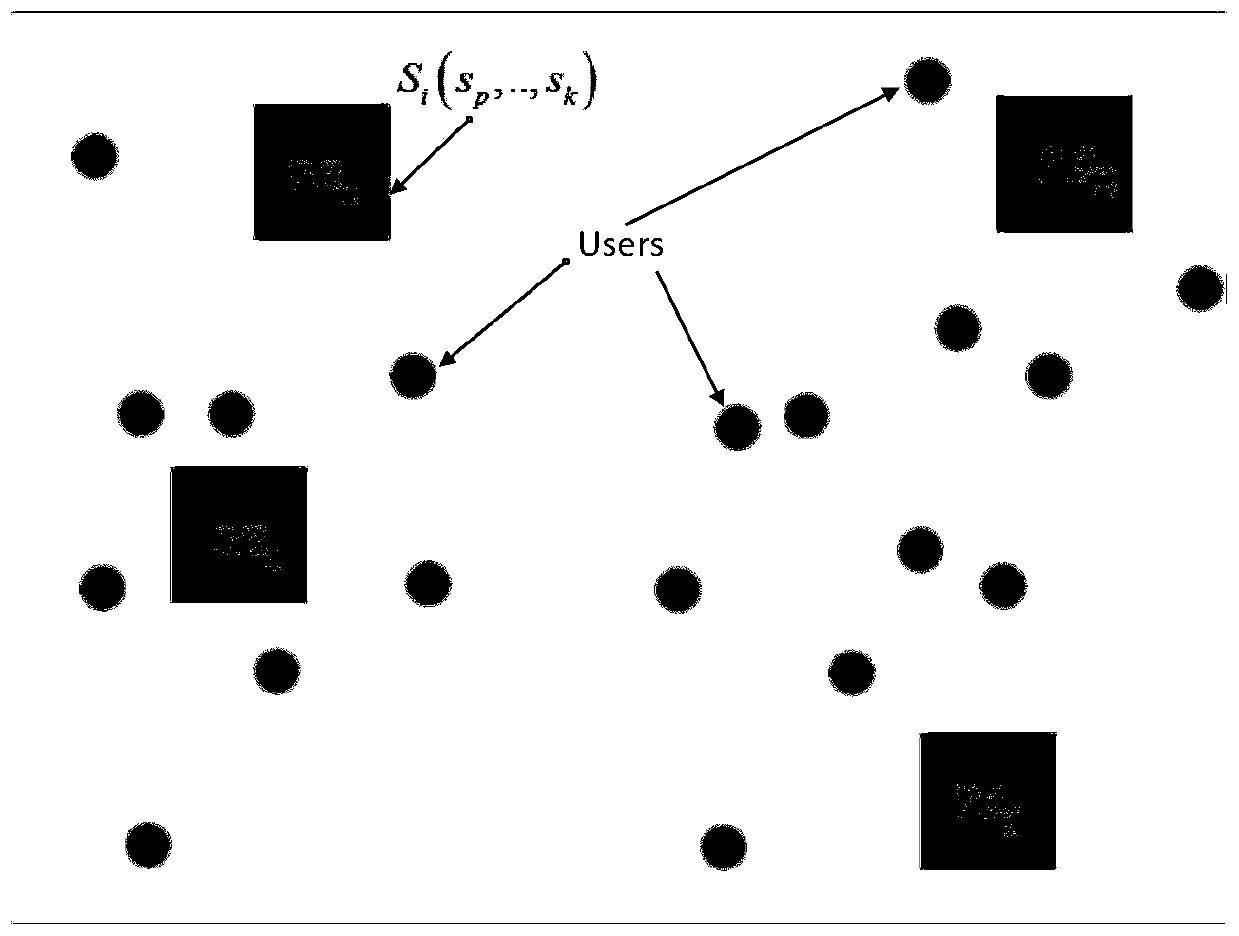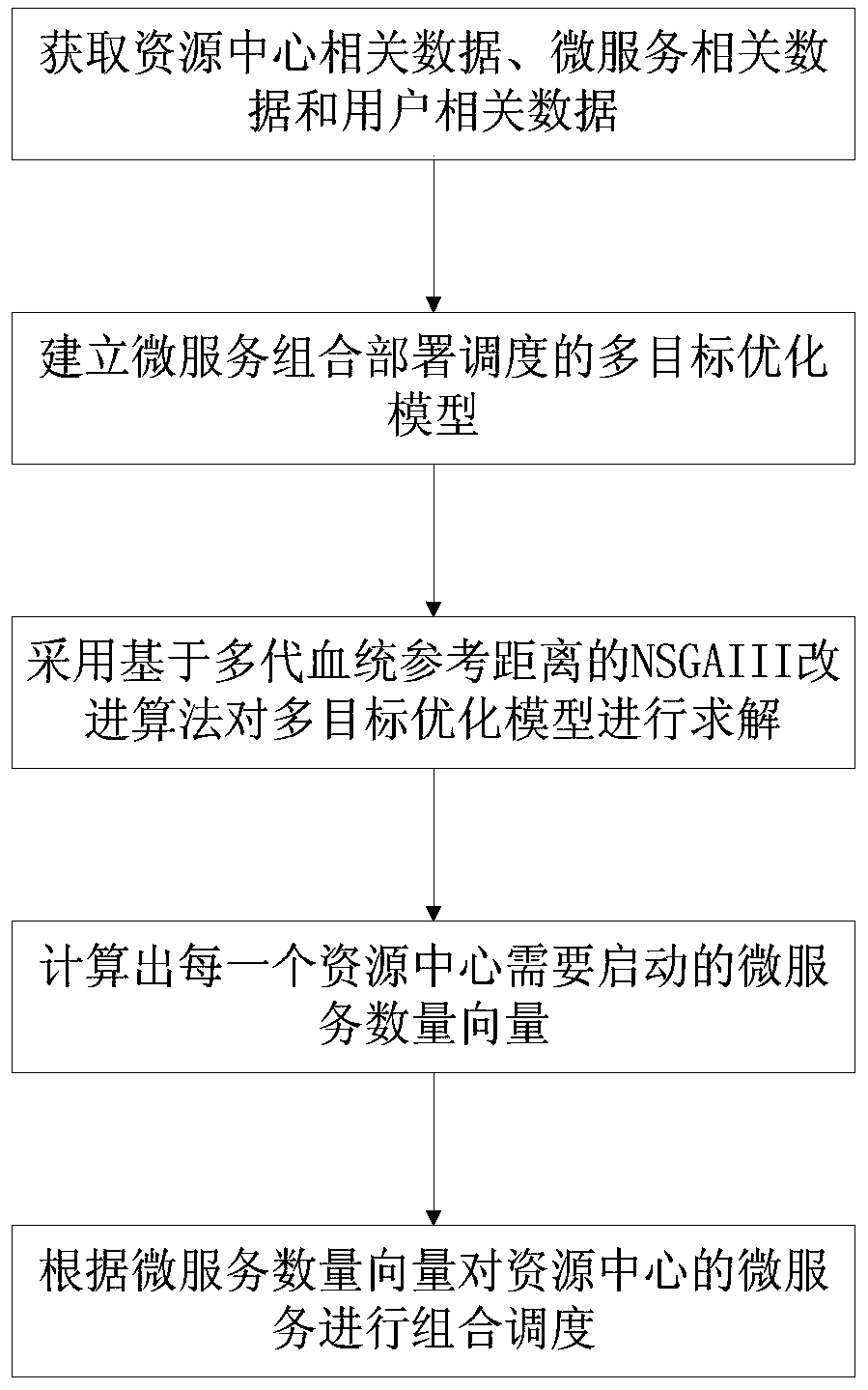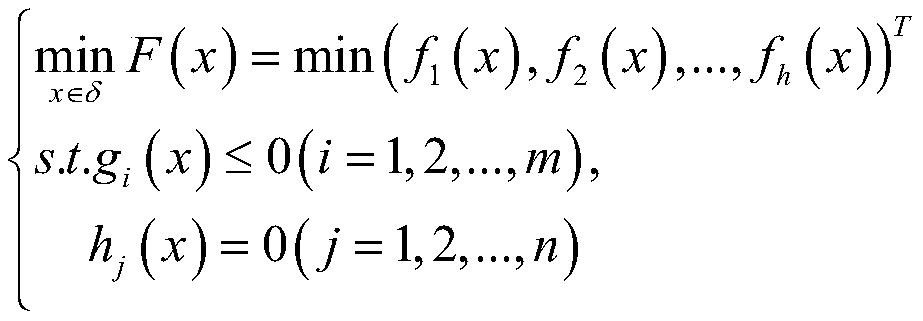Microservice combination scheduling method based on multi-generation lineage reference distance
A scheduling method and a technology of reference distance, applied in genetic rules, genetic models, multi-programming devices, etc., can solve problems with numerous objective functions and complex constraints
- Summary
- Abstract
- Description
- Claims
- Application Information
AI Technical Summary
Problems solved by technology
Method used
Image
Examples
Embodiment Construction
[0060] The technical solutions in the embodiments of the present invention will be clearly and completely described below in conjunction with the accompanying drawings in the embodiments of the present invention. Obviously, the described embodiments are only some embodiments of the present invention, not all embodiments. Based on the embodiments of the present invention, all other embodiments obtained by persons of ordinary skill in the art without making creative efforts all belong to the protection scope of the present invention.
[0061] The embodiment of the present invention involves several nouns such as resource centers (Resource Centers, RC), microservice collections (MircoServices, MS), user collections (Users, U), and microservice instance combination operation strategies. First, these nouns definition and its properties.
[0062] The resource center in this embodiment is an entity capable of providing an environment for starting and running microservice instances, i...
PUM
 Login to View More
Login to View More Abstract
Description
Claims
Application Information
 Login to View More
Login to View More - R&D
- Intellectual Property
- Life Sciences
- Materials
- Tech Scout
- Unparalleled Data Quality
- Higher Quality Content
- 60% Fewer Hallucinations
Browse by: Latest US Patents, China's latest patents, Technical Efficacy Thesaurus, Application Domain, Technology Topic, Popular Technical Reports.
© 2025 PatSnap. All rights reserved.Legal|Privacy policy|Modern Slavery Act Transparency Statement|Sitemap|About US| Contact US: help@patsnap.com



